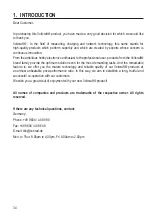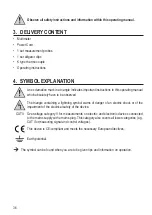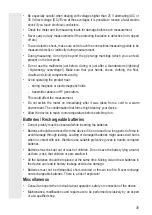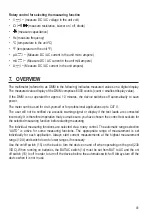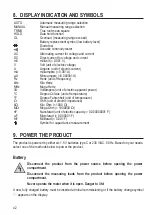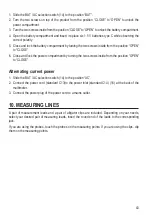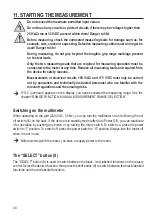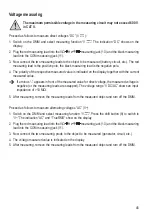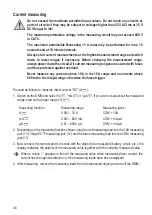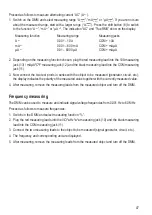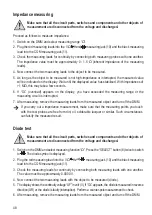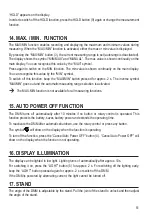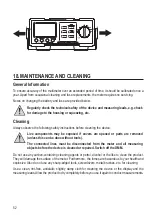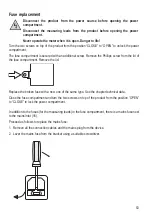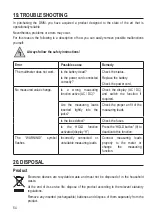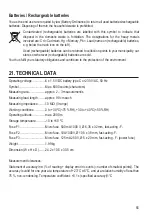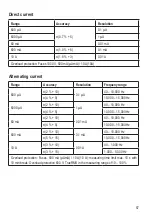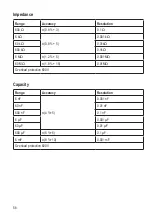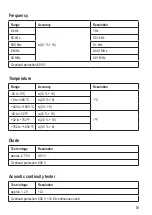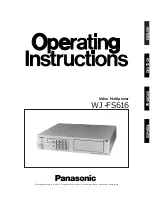
44
11. STARTING THE MEASUREMENT
Do not exceed the maximum permitted input values.
Do not touch any circuits or parts of circuits if there may be voltages higher than
25 V/ACrms or 35 V/DC present within them! Danger to life!
Before measuring, check the connected measuring leads for damage such as, for
example, cuts, cracks or squeezing. Defective measuring cables must no longer be
used! Danger to life!
During measuring, do not grip beyond the tangible grip range markings present
on the test leads.
Only the two measuring leads that are required for measuring operation must be
connected to the meter at any time. Remove all measuring leads not required from
the device for safety reasons.
Measurements in electrical circuits >50 V/AC and >75 V/DC must only be carried
out by specialists and technically instructed personnel who are familiar with the
relevant regulations and the ensuing risks.
If “OL” (overload) appears on the display, you have exceeded the measuring range. See the
chapter “RANGE FUNCTION, MANUAL MEASUREMENT RANGE SELECTION”.
Switching on the multimeter
When operating on the grid (230 V/AC, 50 Hz), you can turn the multimeter on and off using the on/
off switch (15) on the back. If the device is in standby mode (after Auto Power Off), you can reactivate
it for operation by pushing any button or by turning the rotary switch. To switch on, press the power
switch to “I” position. To switch off, press the power switch to “O” position. Always turn the meter off
when it is not in use.
Before working with the meter, you have to supply power to the meter.
The “SELECT” button (8)
The “SELECT” button (8) is used to switch between the black- / red-labelled functions on the rotaory
control. Select the desired function, then press the shift button (8) to switch between the black-labelled
functions and the red-labelled functions.





